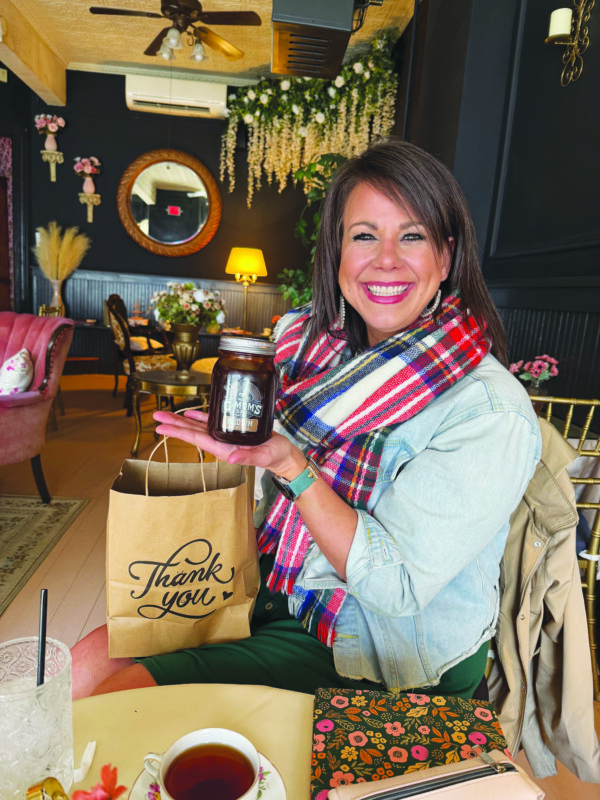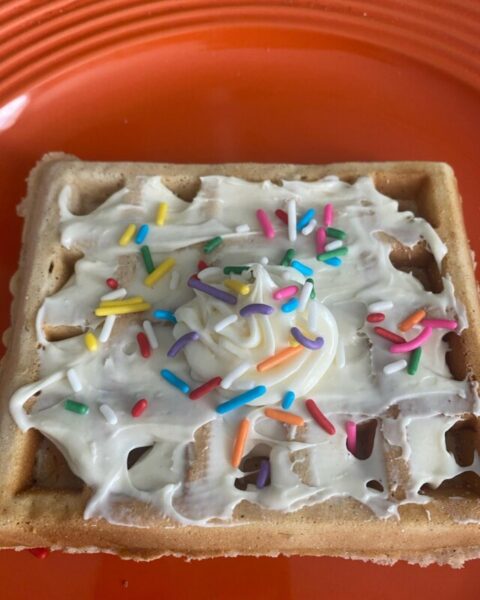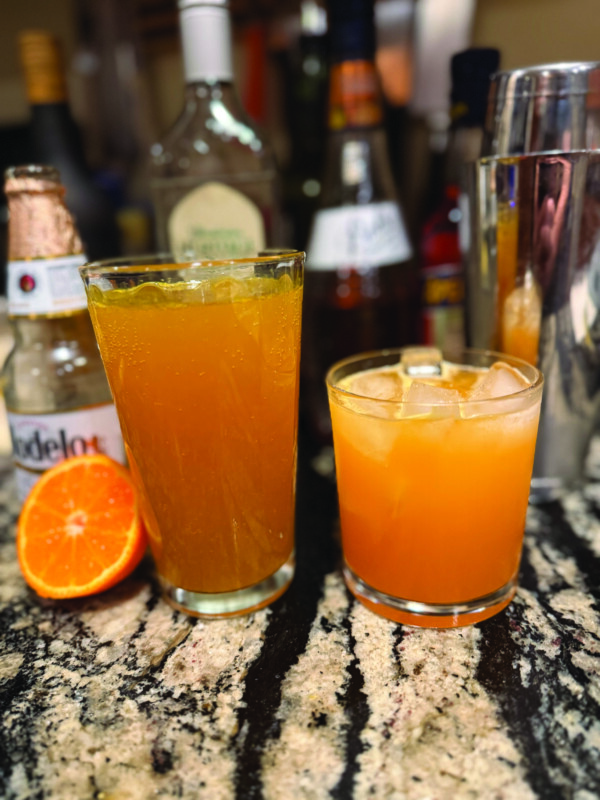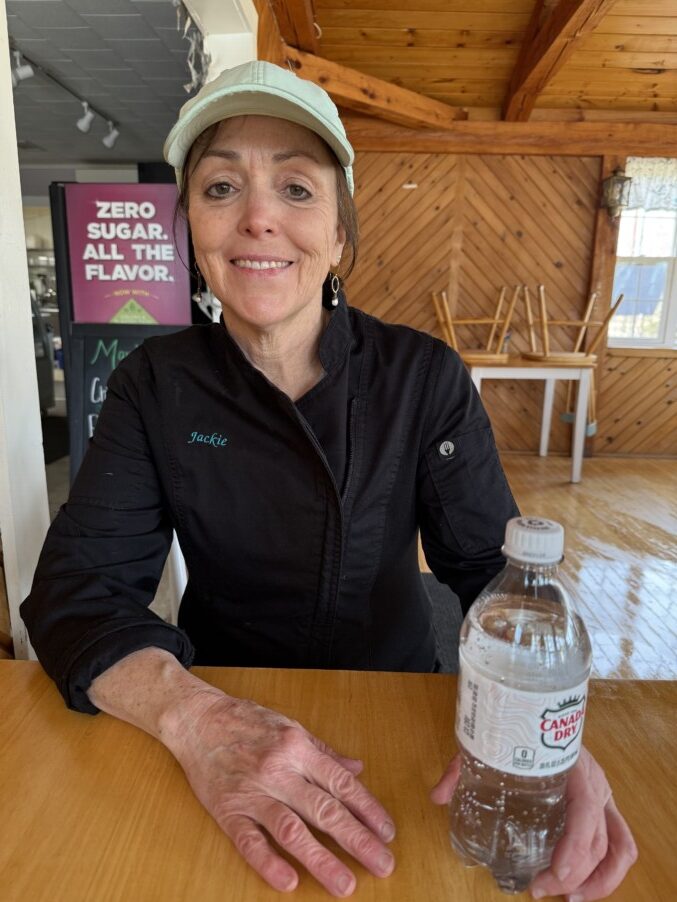G-Mom’s BBQ Sauce goes beyond the grill
By John Fladd
jfladd@hippopress.com
Nashua sauce-maker Allison Marques’ dream recipe comes from a childhood memory she wishes she had.
“G-Mom was my grandmother,” Marques said. “G-Mom had five kids and she was the best person I ever knew, really. “She actually passed away when I was rather young. I didn’t … grow up into my late teens and twenties with her alive, but I named the sauce after her. I don’t actually have a recollection of her making the sauce with me. I really wish I had that memory.”
It was many years after her grandmother’s death that Marques connected the barbecue sauce she loved with G-Mom.
“She made lots of other delicious things,” Marques said, “but I found out that the sauce was her recipe from my uncle, because he made the sauce for a long time … and then I found out that it was actually my grandmother’s recipe. And so my uncle Ken helped me understand how to make it. Because I’m not a chef; I’m not super creative in the kitchen. But I know a good thing when I taste it.”
The result was G-Mom’s BBQ Sauce. Once Marques and her uncle worked out the specific recipe — up till then “nothing was ever measured; it was a little of this, a little of that,” she said — she and her husband Casey worked up three versions of the sauce to bring to market.
“This product is too good to not share with other people,” she said.
“All the general ingredients stay the same for the base mild recipe,” Marques said. “In my opinion, if I’m going to bring something to market, I need my customers to know that they’re going to get the same product, the same delicious product, every single time. Then, as you bring it into a medium flavor or a hot flavor, you add more peppers or sauces and things like that in order to make it hotter. We’re planning to move into an even spicier flavor, which I know some of my booth visitors are excited about at the shows we present at. But as we go to move into the hotter realms, I want to obviously be truthful and honor my grandmother’s recipe. I can always make it hotter, but we can’t always make something that’s already hot hotter and taste better.”
“My grandmother’s recipe, the G-Mom’s barbecue sauce flavoring, is unlike any other sauce that I’ve ever tasted,” Marques said. “It’s got a nice depth of flavor. It’s definitely got a sweetness to it. You definitely taste the tomato base. It’s not super vinegary, but it does have depth; I know in using Worcestershire sauce, it adds a depth to my sauce.”
Marques said that while it’s a good barbecue sauce, that label can be a little misleading.
“The sauce itself doesn’t distinctly isolate itself to barbecue,” she said. “It brings out the flavor of whatever you’re cooking and that’s really what’s so special about this sauce. When I think of ‘barbecue’, I think ‘OK, I can only have this if I make pulled pork or if I’m smoking something on my smoker.’ This sauce can really go on anything, and … I’ve had vegetarians buy the sauce, and they’re saying, ‘I want to put this on rice and vegetables. I want to put this on tofu.’”
“One of the biggest things for me,” Marques said, “is seeing children try the sauce who don’t eat anything, who are super-picky. And their moms are like, ‘I can’t believe she’s eating this right now. I can’t believe she is enjoying this.’ I have story after story after story of people trying this. Seeing the joy on their faces has been really fun.”we call it. We cook them to order so they get them hot off the press with everything like the frosting is like put right on top melted.”
G-Mom’s BBQ Sauce
G-Mom’s BBQ Sauce comes in three varieties — Mild, Medium and Hot — and is available through gmomsbbq.com.
Featured photo: Courtesy photo.







